photo
William Parry
Hunter College
Iron fence post from Bowling Green Park
This object echoes so many conflicts, past and present, over local versus external government, public versus private space, and preservation versus development. Bowling Green was the first public park in NYC (1733). It originally had a wooden fence that was burned during the Stamp Act riots in 1765. In 1770, a gilded lead equestrian statue of King George III was erected, and the iron fence was placed around the park a year later, to protect the statue from patriot vandals. The fence posts had small golden crowns on their finials. When news of the Declaration of Independence reached NYC on July 9, 1776, a patriot mob pulled down the statue, and sawed off the crowns on the fence. You can still feel the saw marks if you run your finger over the tops of the posts. Over the following 200 years, the park was repeatedly altered and reconstructed, and the iron fence was dismantled and temporarily removed at least twice (1905 subway construction, 1939 redesign, 1976-7 restoration). At some point a significant portion of the original fence was lost (or more likely stolen for scrap), but you can't tell now which pieces are original, and which are replicas. The fence was listed on the National Register of Historic Places in 1980.
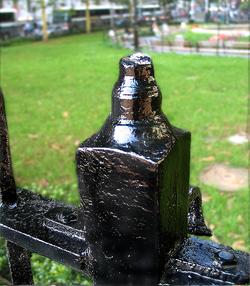
lawrence ordine
bayside
1.a section of the cable being replaced on the brooklyn bridge could be suspended across the museum. and of course the history of the building of the bridge and why it is representative of it's time and place--I would show ken burns documentary on loop.
2 road plan as robert moses conceived it with super highway across lower manhattan.
3. first big board of ny stock exchange
4. original plan of central park
5.first grid plan of nyc
6. oldest subway car
7.statue from facade of penn station
8.photos of five points then and now
9.boss tweed's hat
10. photo or painting of every mayor from dutch to bloomberg
the bridge represented the highest achievement of the city to that point. It has remained a jewel of the city and an image that represents nyc as the golden gate reprsents SF.
rudolph baker
queens
woodlawn cemetary bronx
the history of so many of the people buried their represent the history pf the city
Henry C. Linhart
along the Gowanus, Brooklyn
The aqueducts and the water system of the City
NYC has an incredible abundant, clean, fresh water system that has enabled the growth and health of the modern city.
lawrence abuhoff
montclair NJ
the subway token
new york could not function on any kind of significant level without its mass transit system

Sarat Wanigasinghe
Hell's Kitchen
Wooden roof top Water Tank.
You will only see it in NYC.
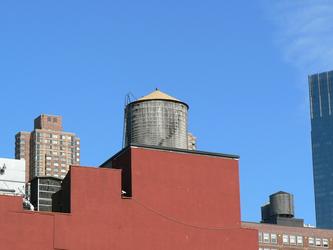
sarat wanigasinghe
Hell's Kitchen
Wooden roof top Water Tank.
You will only see it in NYC.
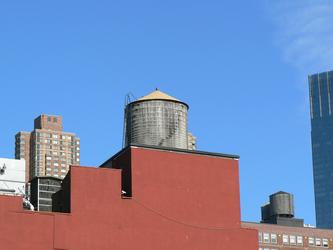
Richard Francisco
LES
The Traffic Cone.
The traffic cone is another ubiquitous item that will fit nicely in our NYC 10 object museum. One might easily be found in the museum's maintenance closet. Cones are found on sidewalks, roadways, construction projects, etc.
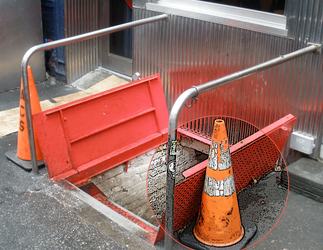
Howard Rose
Hillsborough, NJ
Oyster
It fed New York, it made NY a powerful city, gave the city shells to build on, etc.
To quote from the book "The Big Oyster:"
Before New York City was the Big Apple, it could have been called the Big Oyster. Now award-winning author Mark Kurlansky tells the remarkable story of New York by following the trajectory of one of its most fascinating inhabitants–the oyster, whose influence on the great metropolis remains unparalleled.
For centuries New York was famous for its oysters, which until the early 1900s played such a dominant a role in the city’s economy, gastronomy, and ecology that the abundant bivalves were Gotham’s most celebrated export, a staple food for the wealthy, the poor, and tourists alike, and the primary natural defense against pollution for the city’s congested waterways."

Stephen Schwarz
Jersey City
A Shirtwaist
A shirtwaist represents the fashion industry, immigrants and immigrant labor, and the Triangle Shirtwaist Factory fire (March 2, 1911) and architectural and safety improvements resulting from the disaster.
The Fashion Institute might be able to contribute.
elizabeth S. Titus
upper West Side/CPW
1930s ad for the Cotton Club
Jazz is part of NYC and has been since the days of the Cotton Club. Today, we have Wynton at Lincoln Center carrying on the tradition.
From PBS: "The Cotton Club was the most famous of the city's nightclubs in the 1920s and 1930s, attracting an audience that often included the cream of New York society. Its glittering revues provided a medium for performances by the most prominent jazz musicians of the day, and the club's activities were brought to a wide audience by frequent broadcasts. The house band when the venue first opened was Andy Preer's Cotton Club Syncopators; after Preer's death in 1927, Duke Ellington's orchestra was engaged and its residency became the most celebrated in the club's history, lasting until 1931. Cab Calloway and his Missourians, who had first appeared with great success in 1931, then took over, and Calloway's time as the Cotton Club's bandleader (which extended to 1934, when Jimmie Lunceford succeeded him) was to make his reputation. Both Wellington and Calloway returned after the club moved downtown.
Most of the principal jazz musicians, singers, and dancers of the period appeared at the Cotton Club at some stage, including Louis Armstrong, Ethel Waters, Ivie Anderson, Bill Robinson, and the Nicholas Brothers. The heyday of the club's existence was re-created in Francis Ford Coppola's film The Cotton Club (1984). (J. Haskins: The Cotton Club, New York, 1977)"
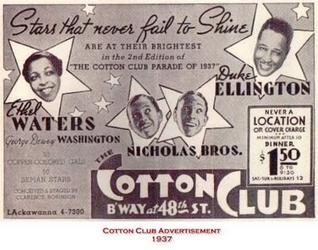
elizabeth S. Titus
upper West Side/CPW
A BIG APPLE
Origin unclear, but by 1920s New York writers used "Big Apple" in a horse-racing context. "The Big Apple" was a popular song and dance in the 1930s. Walter Winchell and other writers continued to use the name in the 1940s and 1950s.
By the 1960s, "the Big Apple" was known only as an old name for New York. In the early 1970s, the New York Convention and Visitors Bureau (now NYC & Company, the official marketing and tourism organization for New York City), began promoting "the Big Apple" for the city. Mayor Rudolph W. Giuliani in 1997 signed legislation designating the southwest corner of West 54th Street and Broadway, the corner as "Big Apple Corner."

Elizabeth S. Titus
upper West Side/CPW
A BIG APPLE
There are differing stories about the origin of the term, but In the 1920s New York writers started to use "Big Apple" and were using it outside of the horse-racing context where it was first used. Walter Winchell and others writers continued to use the name in the 1940s and 1950s.
By the 1960s "the Big Apple" was known only as an old name for New York. In the early 1970s, however, the New York Convention and Visitors Bureau (now NYC & Company, the official marketing and tourism organization for New York City), began promoting "the Big Apple" for the city. Mayor Rudolph W. Giuliani in 1997 signed legislation designating the southwest corner of West 54th Street and Broadway as "Big Apple Corner."
Stephen Schwarz
Jersey City
A stock certificate for the Hudson & Manhattan Raolroad.
1) New York is all about the stock market. You need a stock certificate.
2) New York is also all about the Hudson river, the port, and railroads. This certificate has elements of each.
3) The ships in the image represent Teddy Roosevelt's 'White Fleet'. TR was a very famous New Yorker, being police commissioner of NY before he was president. The White Fleet is a famous part of 'speak softly and carry a big stick' foreign policy.
4) It show parts of lower Manhattan and New Jersey, all vital to NY history.
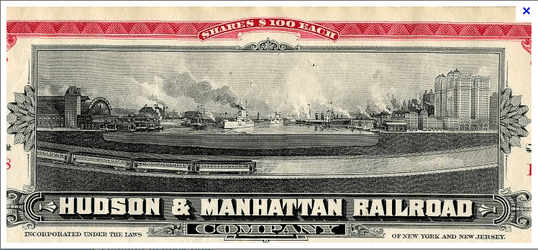
Laurence Libin
Ramsey NJ
Steinway 'model D' concert grand piano
Admired worldwide since the 19th century, when Steinway & Sons was founded by immigrants to New York, Steinway pianos epitomize the city's leadership in design, manufacture and marketing of top-quality consumer goods, and represent the city's preeminence as a center for music of all kinds. For more than 150 years Steinway has been a leader in instrument innovation, employing generations of local craftsmen at their factory, one of few still operating in the city.
michael anton
East Village NYC
Parking Sign Totem Pole, full dress.
Times Sq Peep Show Booth.
Taxi Meeter.
Parking Meeter.
A Pothole, tastefully presented.
Parking Sign Totem Poles, full dress.
They are everywhere, and a source of terror for many decades. They are the reason visitors are advised to bring their lawyer along when visiting New York.
Ejay Weiss
W21st Street-Chelsea
...How about a chunk of "Manhattan Schist" which comprises the geologic bedrock that supports all of the building up of Manhattan...
This particular blend of micaceous minerals is actually named for Manhattan, indicating a specific set of geologic and tectonic forces over millions of years that resulted in this place we now inhabit. I've picked up pieces off the street, and it's probably ground into the cement sidewalk that has flecks of mica in it. Manhattan owes a lot of its upward momentum-not to mention the hollowed-out subway system, to the presence of this humble rock.
Stephen Schwarz
Jersey City
Ticker Tape Machine
You need something to represent the stock market on Wall Street. You could use a Quotron, or more modern Bloomberg terminal, but the Ticker Tape machine represents trading through the 'wire houses' which were centered in NY.
You also can tie in the 'Ticker Tape Parade' up the 'Avenue of Heroes' or lower Broadway.
The Museum of Finance downtown should have one.
Paula
New York City
Games of Three Card Monty!
When I first moved here almost 30 years ago, these guys were everywhere. Although I was never tempted to participate, it never ceased to amaze me the crowds that would gather around these guys.
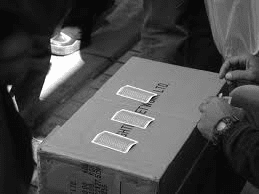
LL
UWS
1. Dutch gin bottle and clay pipe fragments (found on the site of the guards' post in the original Wall of Wall St. and at other excavation sites in lower Manhattan. Maybe NYC Department of Design and Construction knows where such artifacts are kept)
2. Piece of wood pipe from first Croton Aqueduct.
1. New York was originally New Amsterdam. Alcohol and tobacco.
Perennial story in New York.
2. Infrastructure!
Suggestion for more objects, see the book:
Unearthing Gotham: The Archaeology of New York City
Anne-Marie Cantwell (Author), Professor Diana diZerega Wall (Author), Diana diZerega Wall (Author)

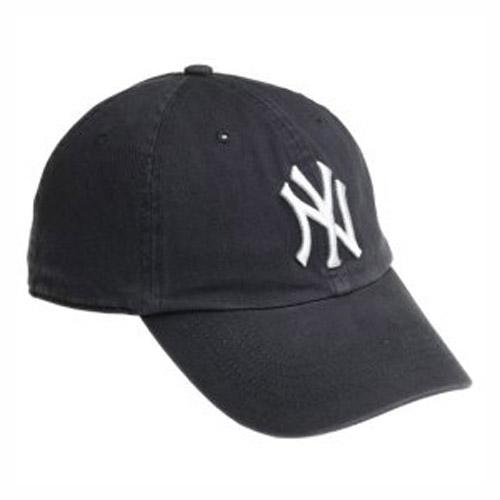
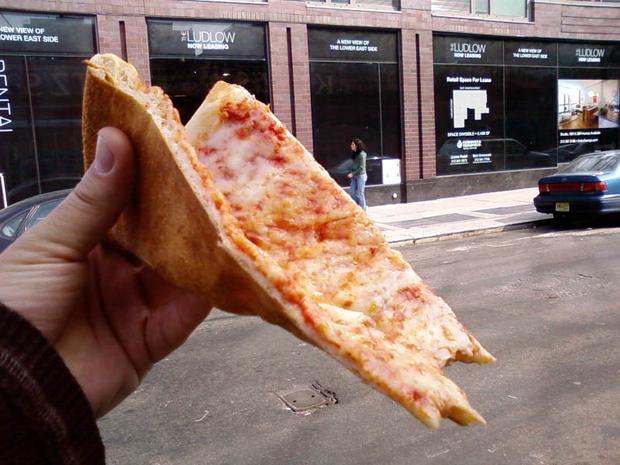
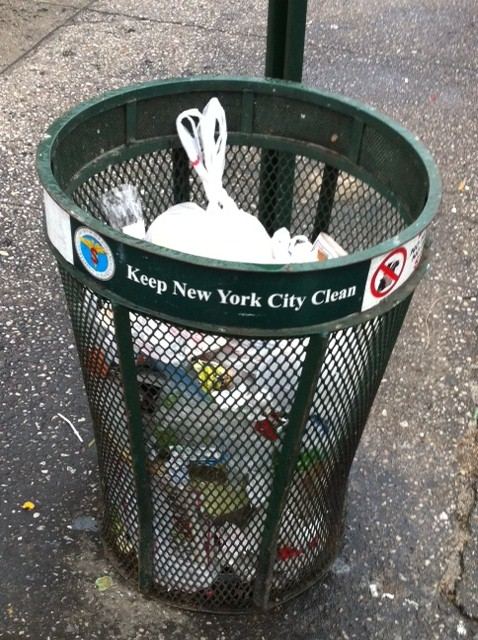

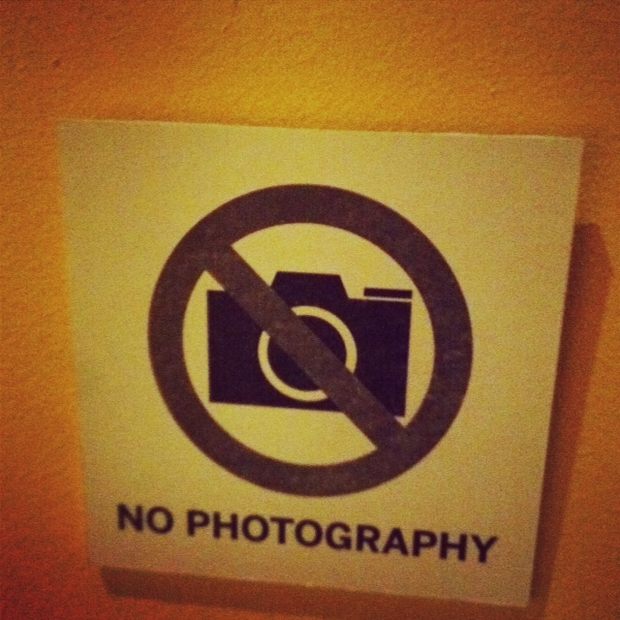
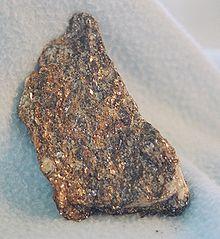
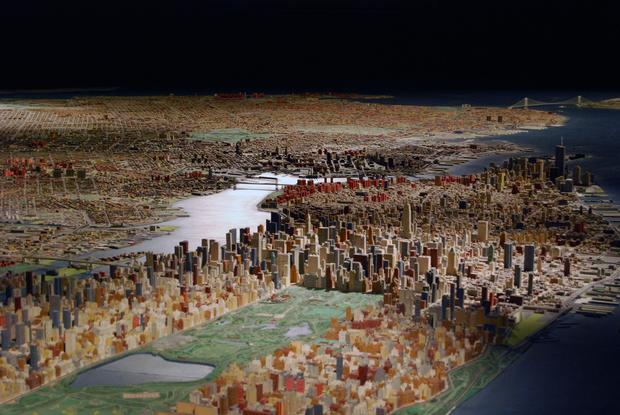
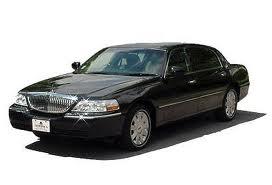
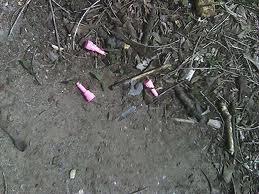
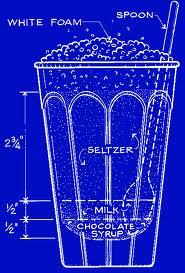
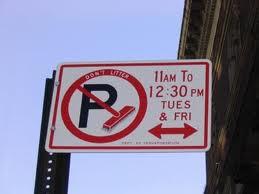

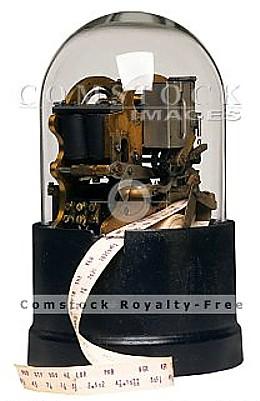
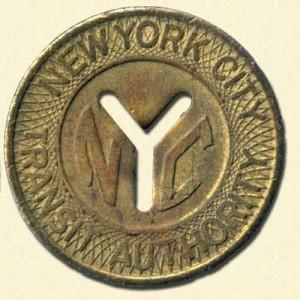
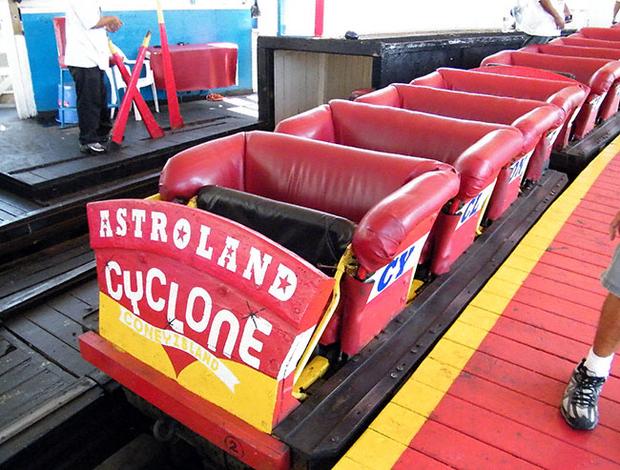
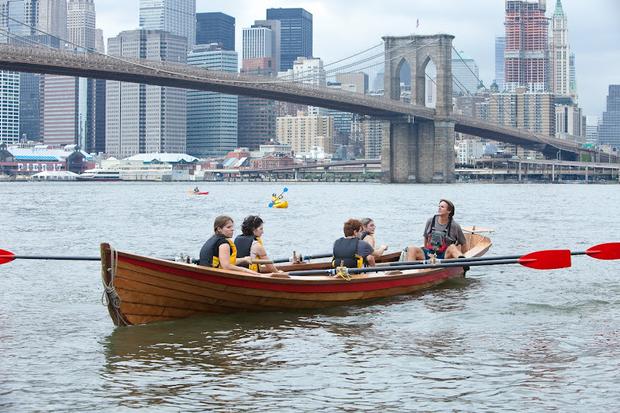


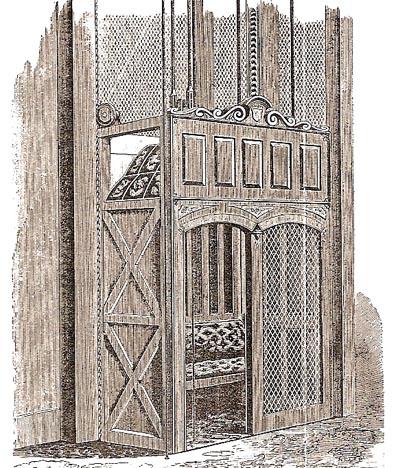
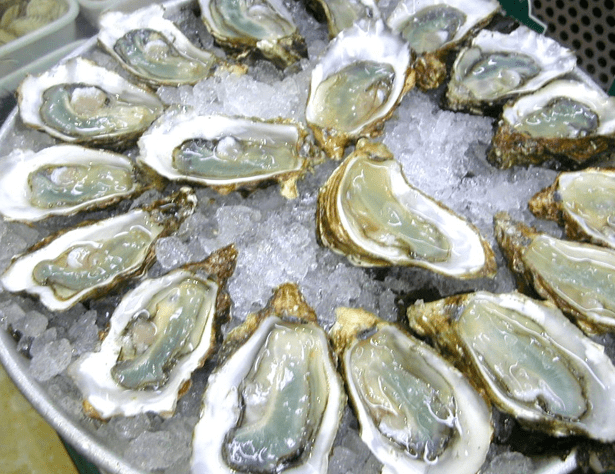
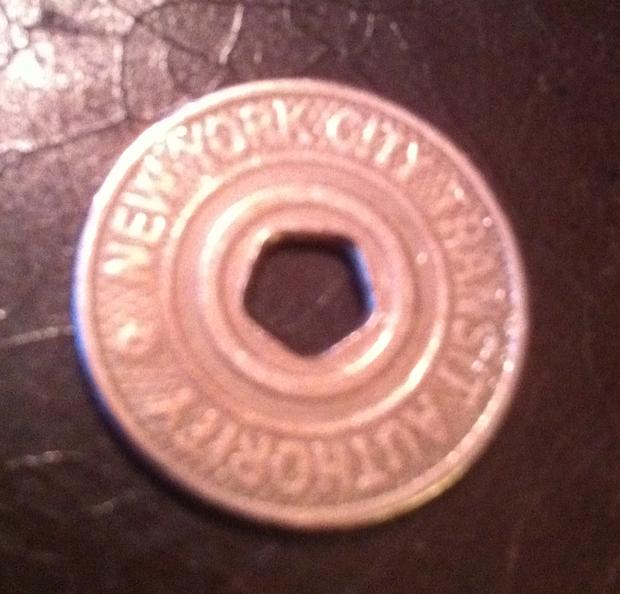
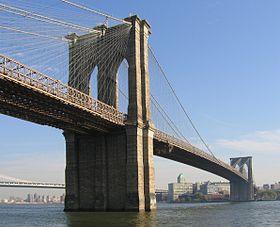




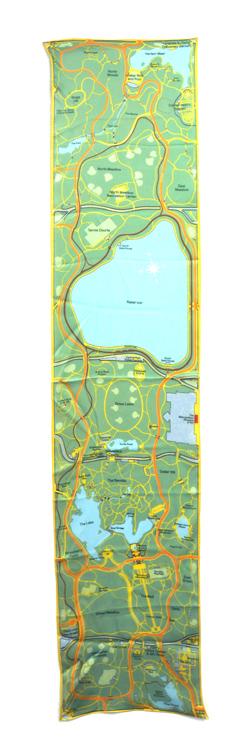

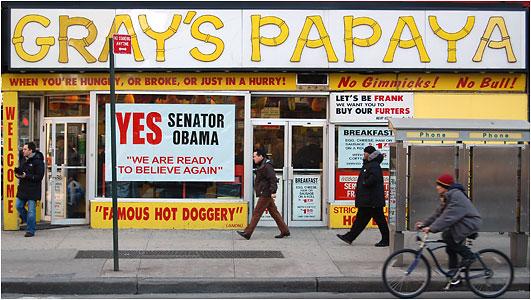
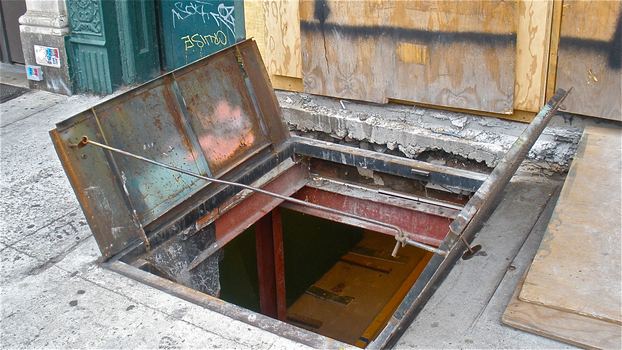
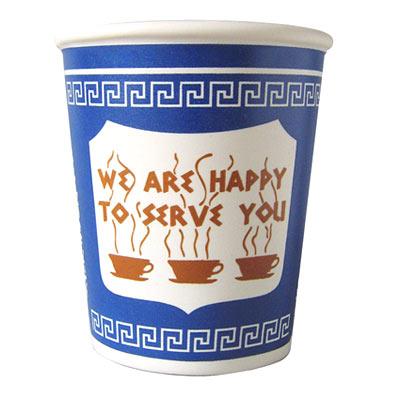
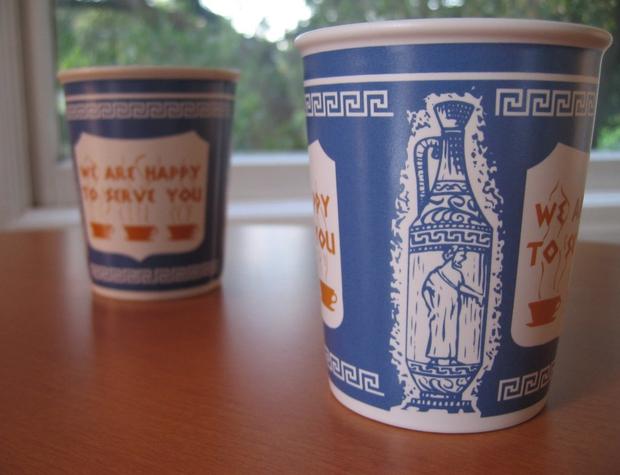






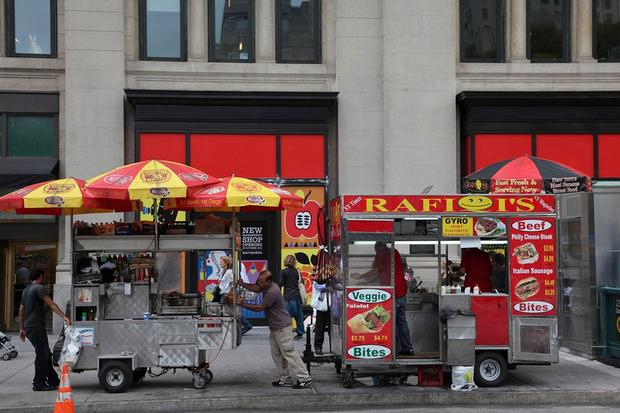
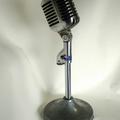
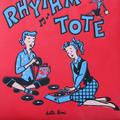
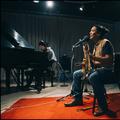

Leave a Comment
Email addresses are required but never displayed.